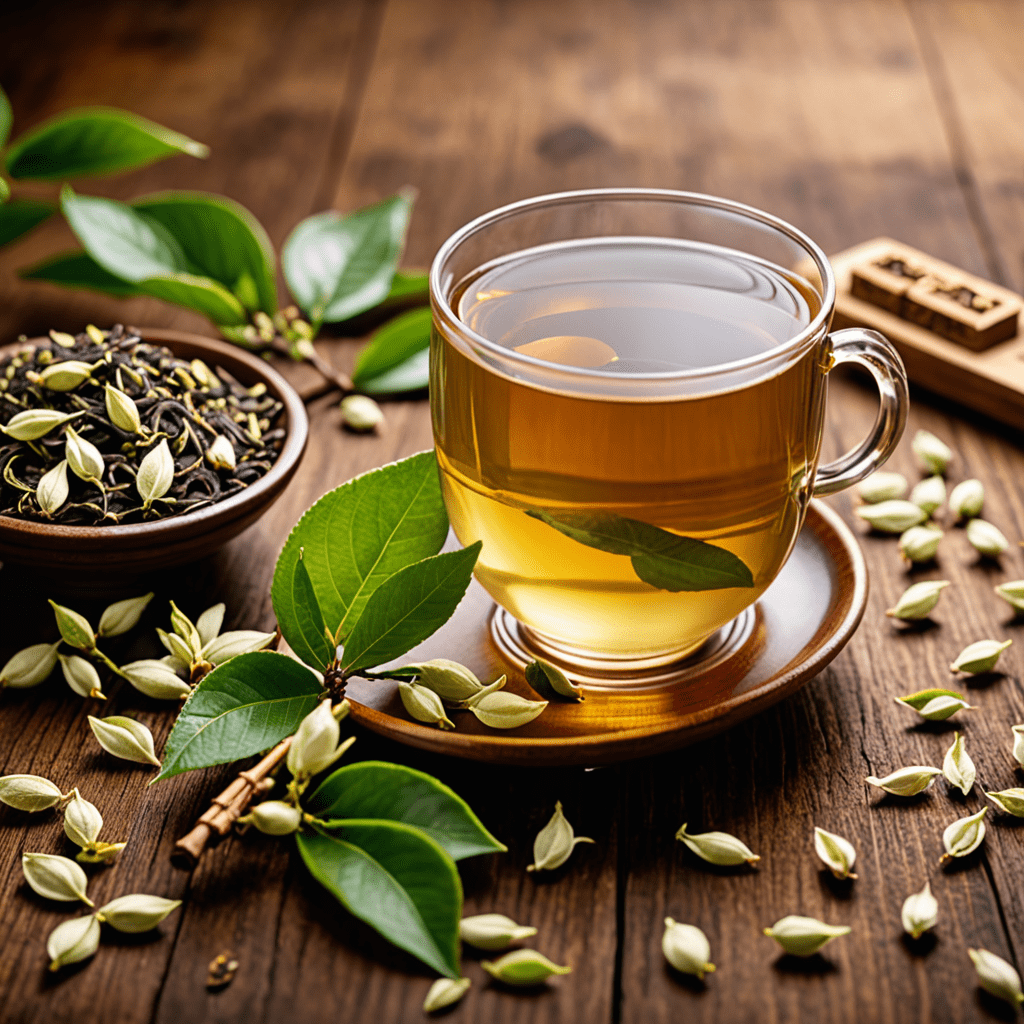1. The History and Significance of Ceylon Tea
Ceylon tea, renowned for its rich heritage and exceptional flavors, has played a pivotal role in the global tea industry for centuries. Originating on the verdant hills of Sri Lanka, then known as Ceylon, tea cultivation flourished under British colonial rule. In the 19th century, Ceylonese tea plantations expanded rapidly, transforming the island into a major tea-producing hub. Today, Ceylon tea continues to be highly valued for its distinct character and premium quality, captivating tea enthusiasts worldwide.
2. The Geography and Climate of Tea Growing Regions
The unique geographical and climatic conditions of Sri Lanka contribute significantly to the exceptional quality of Ceylon tea. The island's central highlands provide an ideal environment, with elevations ranging from 1,000 to 7,000 feet above sea level. The mountainous terrain ensures ample rainfall and cool temperatures, promoting optimal tea plant growth. Additionally, the distinct microclimates of different regions within the highlands result in a diverse range of tea flavors, each with its own distinctive characteristics.
3. The Cultivation and Harvesting of Tea Leaves
Tea cultivation in Sri Lanka is a meticulous process that requires skilled labor and careful attention to detail. Tea plants, known as Camellia sinensis, are carefully nurtured from seedling to maturity, typically taking several years to reach their optimal harvesting stage. Once mature, the tender new leaves and buds are plucked by hand, a practice that has been passed down through generations of tea pluckers. The timing and technique of harvesting play a crucial role in determining the quality and flavor profile of the final tea.
4. The Withering Process: Removing Moisture and Aroma Development
After harvesting, the tea leaves undergo a controlled withering process. This involves spreading the leaves in thin layers and allowing them to wilt gradually under controlled temperature and humidity conditions. During withering, the moisture content of the leaves is reduced by around 30-60%, allowing for oxidation reactions that contribute to the development of the tea's distinct aromas and flavors. Careful monitoring is essential during withering to prevent over-oxidation or under-oxidation, ensuring optimal results.
5. The Rolling Process: Shaping and Oxidizing the Leaves
After withering, the tea leaves undergo a rolling process that shapes and oxidizes them. This is traditionally done by hand, using a cylindrical rolling table or machine. During rolling, the leaves are gently pressed and twisted, which breaks down their cell walls and allows oxygen to interact with the chemical compounds within the leaves. Oxidation is a crucial step in the development of black tea's characteristic flavors and colors. The level of oxidation is controlled by the rolling time and technique, with longer rolling times leading to higher levels of oxidation and darker, more robust flavors.
6. The Drying Process: Removing Residual Moisture
Once the rolling process is complete, the tea leaves are dried to remove any residual moisture. This is typically done using hot air ovens or driers. The drying process halts oxidation and stabilizes the tea leaves, preventing further chemical reactions. The temperature and duration of the drying process vary depending on the type of tea being produced, with higher temperatures and longer drying times resulting in more oxidized, stronger teas.
7. The Sorting and Grading of Tea Leaves
After drying, the tea leaves are sorted and graded according to their size, shape, and quality. This is done using a combination of mechanical sieves and manual sorting. The different grades of tea leaves are then packaged separately, with higher grades typically fetching higher prices due to their superior quality and flavor.
8. The Packaging and Storage of Ceylon Tea
Ceylon tea is typically packaged in airtight containers to preserve its freshness and flavor. The type of packaging used varies depending on the intended market and distribution channels. Bulk tea is often packaged in large sacks or bags, while smaller retail packs are available in various sizes and formats. Proper storage is essential to maintain the quality of Ceylon tea. Ideal storage conditions involve a cool, dry, and dark environment, away from direct sunlight and strong odors.
9. The Health Benefits and Unique Characteristics of Ceylon Tea
Ceylon tea is renowned not only for its exceptional flavor but also for its potential health benefits. It is a rich source of antioxidants, which have been linked to various health benefits, including reduced inflammation, improved heart health, and protection against certain types of cancer. Additionally, Ceylon tea contains beneficial compounds such as theaflavins and thearubigins, which have been shown to have antibacterial and antiviral properties.
10. The Sustainable and Ethical Practices in Ceylon Tea Production
Sustainability and ethical practices are of paramount importance in the Ceylon tea industry. Many tea estates have implemented sustainable farming practices, such as organic cultivation, biodiversity conservation, and water conservation. Ethical practices encompass fair wages and working conditions for tea workers, ensuring that the tea industry contributes positively to the local communities and environment.
FAQ
What is the difference between black tea and green tea?
Black tea undergoes a full oxidation process, while green tea is minimally oxidized. This difference in oxidation results in distinct flavors and colors.
What is the ideal brewing temperature for Ceylon tea?
The ideal brewing temperature for Ceylon tea is between 195-205 degrees Fahrenheit.
How long should I steep Ceylon tea?
The optimal steeping time for Ceylon tea is 3-5 minutes, depending on the desired strength.
Can I add milk or sugar to Ceylon tea?
Yes, milk and sugar can be added to Ceylon tea, although many prefer to enjoy it black to fully appreciate its natural flavors.

